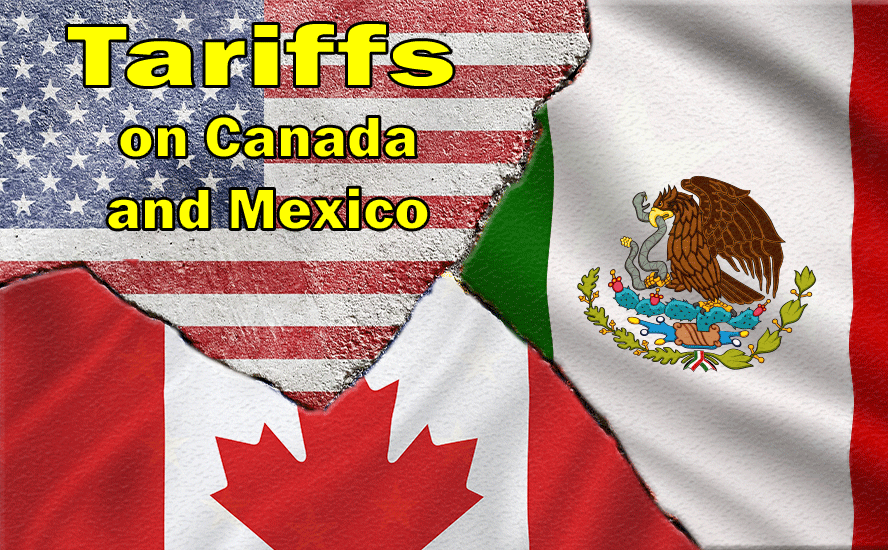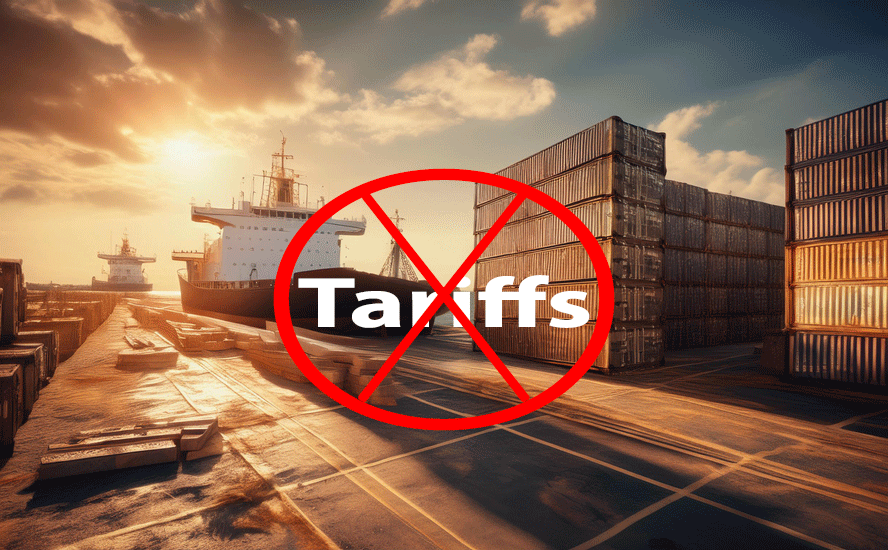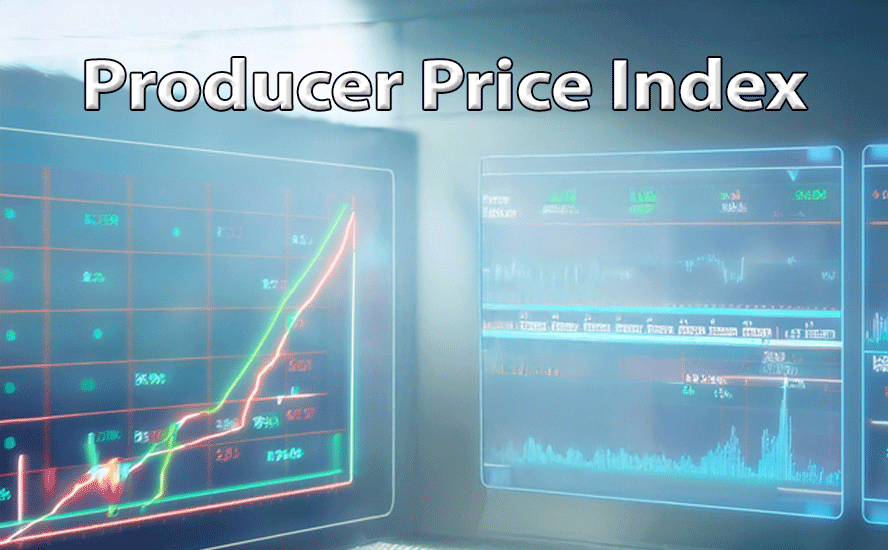The end of the global economy

2020.02.05
The Trump administration has just granted its Commerce Department sweeping powers to slap tariffs on countries it decides are manipulating their currencies to the detriment of the United States and its exporting companies.
For some this will come as news; at AOTH, it is confirmation that our earlier warning, reported here, has come true.
In our article ‘US prepares for currency war’, we warned readers about these new powers when they were first proposed by the US government several months ago, amid its trade war with China.
The Commerce Department now says it will proceed with the plan, which gives Commerce a wide scope of power to decide whether or not a country is under-cutting US exporters by keeping its currency artificially low. Whereas Commerce normally follows the advice of the Treasury Department – which issues a twice-yearly report to Congress on suspected currency manipulators – on whether to impose trade sanctions, the new rules allow Commerce to slap duties on goods from accused countries and individual businesses, even in cases where the Treasury did not find them to be guilty of currency manipulation. Bloomberg neatly explains what broadening the Commerce Department’s mandate to impose anti-subsidy duties could mean:
The new rule, which was opposed by the Treasury Department when it was first proposed in May 2019, would allow U.S. companies to file complaints with the Commerce Department over specific imported products by treating undervalued currencies as a form of unfair subsidy. It would also give the administration the power to self-initiate cases should it so choose, however, potentially making the U.S. government plaintiff, judge, jury and executioner in currency fights.
Some industries, and us at AOTH, believe this aggressively protectionist stance will lead to currency wars and turn the $6 trillion per day global currency market into a new battleground for Trump’s trade wars.
Goods benefiting from weak currencies, representing each and every one of America’s trading partners, could be recipients of duties or countervailing duties, equal to the difference between the weaker currency and the US dollar – in other words, eliminating that country’s currency advantage.
Here’s how it could work:
A US company that manufactures and sells widgets is losing market share to Chinese companies that makes their widgets cheaper and sells them in the US at a significant discount to US widgets. The US companies, through an industry association, lobby the US government to help them stop China from “dumping” widgets on the US market. The industry association says that China’s undervalued currency is an unfair “subsidy”. The Commerce Department “investigates”. President Trump imposes a tariff on Chinese widgets to ‘level the playing field’ for American widget-makers.
Trump’s claim that his tariffs on Chinese goods are being absorbed by the Chinese government is incorrect. In this situation the US consumer pays the inflated price, the tariff, on a Chinese widget, and the tariff percentage goes to the US government. The real loser is the US consumer, or end user, who is forced to buy more expensive American widgets.
While China is the obvious target of US tariffs, and rule changes strengthening the Commerce Department’s hand in dealing with currency complaints, there are many other countries, and individual businesses Commerce has in its sights.
Last year the Treasury Department came out with a report that recommended 21 trading partners should face scrutiny over their currencies – they include China, Germany, Japan, South Korea, Ireland, Italy, Malaysia, Vietnam and Singapore.
These trading nations, and even their indivivual businesses that import goods into the US, are now vulnerable to being tariffed on targeted imports. An amount that will make imports sell for more than their US counterpart.
The big question is, why?
The official reason, given by Secretary of Commerce Wilbur Ross, is as follows:
“This Currency Rule is an important step in ensuring that unfair trade practices are properly remedied,” Ross said in a statement. “While successive administrations have balked at countervailing foreign currency subsidies, the Trump Administration is taking action to level the playing field for American businesses and workers.”
Weaponizing the dollar
But the most important reason for such drastic protectionism, not seen in the United States since the Great Depression, is to lower the US dollar. Previous attempts by Trump to “talk down” the dollar through pressing Fed Chair Jerome Powell to lower interest rates and demonizing him for not doing so, have largely failed. The US dollar index (DXY) has not dropped below 95 in the past year. Many trade and forex observers believe the Currency Rule is another step in Trump’s efforts to “weaponize” the dollar.
For Trump, a low dollar is the way to bring jobs back to the US after so many were exported abroad to take advantage of lower labor costs, and therefore rebuild the US manufacturing sector, primarily through cheaper exports.
The problem for the United States is that throughout the past several years, the dollar has remained high in relation to other currencies.
The dollar as the world’s reserve currency can only go so low because it will always be in high demand for countries to purchase commodities priced in US dollars, and US Treasuries. Nor should it be allowed to go too low, because that would risk the dollar losing its “exorbitant privilege”.
US exporters face resistance from foreign buyers because products priced in dollars are more expensive. Bloomberg quotes Mark Sobel, a former Treasury official:
“This is a unilateral policy which will alienate countries around the world,”. He added the highly unusual trading stance may even put the US at odds with its World Trade Organization commitments, opening the country up to WTO challenges.
Conclusion
But there’s more to it than that. Taken to its logical solution, if the US starts slapping tariffs on all the products its domestic industries can’t compete against, we are looking at the complete collapse of global trade as we know it.
Imagine you want to, hell you need to sell your products to the US because of the enormity of the US market – consumer spending makes up 70% of US GDP! To be a successful international company, you need to be selling into the US.
But your American competitors don’t like how cheaply you’re able to sell your goods in their own backyard. They complain to the Commerce Department and, bang! You’re your US imports are immediately hit with a 25% tariff. Guess what just happened to your US market?
Any country in the world that manufactures goods that are priced higher than ones made in the US, or any country/ company that manufactures goods the Commerce Department thinks can be made cheaper domestically, can be subjected to punishing duties. Those duties aren’t picked up by the so-called currency manipulators, they are added to the prices paid by US consumers and go directly into US government coffers. And because a lot of goods previously made in America, no longer are because of globalization, American consumers end up paying billions of dollars worth of duties which are effectively an import “tax” on consumers.
Having treated its former trading partners with such disdain, they of course begin looking elsewhere to replace the increasingly closed-off US market. In-country supply chains spring up. Regional trading blocks with countries friendly enough to not engage in a race-to-the-bottom devaluation battle, start to emerge – including the countries that are part of China’s Belt and Road Initiative.
The problem though is everything is priced in US dollars. Companies don’t have to sell into the US but they do have to buy raw materials which invariably are priced in USD. Soon discussions at higher levels, like the IMF and the WTO, point to alternatives beyond the USD.
The US has been in danger of losing its exorbitant privilege but now, its adversarial trade stance pushes the major powers into adopting a new global currency, possibly backed by gold.
Once this happens the US dollar plunges in value. Hardly anyone can afford to trade with the US because of its radical protectionism.
In this environment of fear and isolationism, the metals that prosper are gold and silver – traditional safe havens that hold their value and can be relied upon as tangible currencies in the event of a fiat money breakdown.
The United States withdraws further and further from its former trading partners – eventually the only countries it trades with are its old NAFTA stalwarts, Canada and Mexico. Coffee beans from Kenya? Chinese silks? Forget about it. Most imported products are either too expensive or not available.
The irony in all this is how badly the US would hurt itself. Bereft of trading partners, the once-mighty US economy becomes a shadow of its former self. As for commodities, the new America is in real trouble. Having relied on offshore suppliers for decades, the US mining industry cannot produce enough critical metals to feed the industries/ factories needed to replace imports. Raw materials are in short supply to fix America’s crumbling infrastructure.
The US mining industry embraces the opportunity to explore for and mine these metals, but it takes 10 to 15 years to build new mines. And that’s after large-deposit discoveries are made. It doesn’t help that for many years, the United States government couldn’t agree on a viable mining strategy, with anti-mining Democrats pitted against NIMBY Republican lawmakers who preferred to share mining knowledge with countries locked into Chinese off-take agreements, rather than nurture a domestic mining industry that could come to the rescue of the US which has cut itself adrift.
Are we being alarmist? Maybe.
At AOTH we believe the global economy has reached an inflection point, that is very close to breaking down. Global growth has slowed, compounded by trade wars, the slowdown in China, and the latest threat – the novel coronavirus.
According to the World Gold Council “Global gold-backed ETFs and similar products added 61 tonnes(t), or net inflows of US$3.1bn, in January across nearly all regions, boosting holdings to new, all-time highs of 2,947t.” Central banks, worried about economies cooling and low inflation, were buying gold by the truckload and pursuing monetary stimulus, in the form of interest rate cuts and/or massive bond-buying programs like we went through with quantitative easing in the US, Europe and Japan.
That worked pretty well after the financial crisis, when the world economy was more or less back on track, with no tit-for-tat tariffs impeding international trade, and the US dollar still carrying enough heft and respect to enjoy exorbitant privilege.
This time is different. We have an unpredictable president in the White House that has already done much damage to the world economy, hurt the relationship between the US and China, and now appears heading towards a global currency/ trade war wherein everybody dukes it out over who can devalue and out-export the other. The outcome is a gradual race to worthless and America’s trading partners punting the dollar and replacing it with a basket of currencies, likely (remember all that Central Bank gold buying) backed by gold.
The Trump administration is going down a very dangerous road with its new Currency Rule that imbues the US Commerce Department with incredibly strong powers to invoke across-the-board trade protectionism from countries all the way down to individual companies. The way we see it, buying gold or silver bullion is one of the best ways to take a defensive position during what could be the true beginning of a global trade war and a truly global, and highly competitive currency devaluation when the winner is the biggest loser.
Richard (Rick) Mills
subscribe to my free newsletter
aheadoftheherd.com
Ahead of the Herd Twitter
Legal Notice / Disclaimer
Ahead of the Herd newsletter, aheadoftheherd.com, hereafter known as AOTH.
Please read the entire Disclaimer carefully before you use this website or read the newsletter. If you do not agree to all the AOTH/Richard Mills Disclaimer, do not access/read this website/newsletter/article, or any of its pages. By reading/using this AOTH/Richard Mills website/newsletter/article, and whether or not you actually read this Disclaimer, you are deemed to have accepted it.
Any AOTH/Richard Mills document is not, and should not be, construed as an offer to sell or the solicitation of an offer to purchase or subscribe for any investment.
AOTH/Richard Mills has based this document on information obtained from sources he believes to be reliable but which has not been independently verified. AOTH/Richard Mills makes no guarantee, representation or warranty and accepts no responsibility or liability as to its accuracy or completeness. Expressions of opinion are those of AOTH/Richard Mills only and are subject to change without notice. AOTH/Richard Mills assumes no warranty, liability or guarantee for the current relevance, correctness or completeness of any information provided within this Report and will not be held liable for the consequence of reliance upon any opinion or statement contained herein or any omission. Furthermore, AOTH/Richard Mills assumes no liability for any direct or indirect loss or damage or, in particular, for lost profit, which you may incur as a result of the use and existence of the information provided within this AOTH/Richard Mills Report.
AOTH/Richard Mills is not a registered broker/financial advisor and does not hold any licenses. These are solely personal thoughts and opinions about finance and/or investments – no information posted on this site is to be considered investment advice or a recommendation to do anything involving finance or money aside from performing your own due diligence and consulting with your personal registered broker/financial advisor. You agree that by reading AOTH/Richard Mills articles, you are acting at your OWN RISK. In no event should AOTH/Richard Mills liable for any direct or indirect trading losses caused by any information contained in AOTH/Richard Mills articles. Information in AOTH/Richard Mills articles is not an offer to sell or a solicitation of an offer to buy any security. AOTH/Richard Mills is not suggesting the transacting of any financial instruments but does suggest consulting your own registered broker/financial advisor with regards to any such transactions
Legal Notice / Disclaimer
Ahead of the Herd newsletter, aheadoftheherd.com, hereafter known as AOTH.Please read the entire Disclaimer carefully before you use this website or read the newsletter. If you do not agree to all the AOTH/Richard Mills Disclaimer, do not access/read this website/newsletter/article, or any of its pages. By reading/using this AOTH/Richard Mills website/newsletter/article, and whether you actually read this Disclaimer, you are deemed to have accepted it.


























